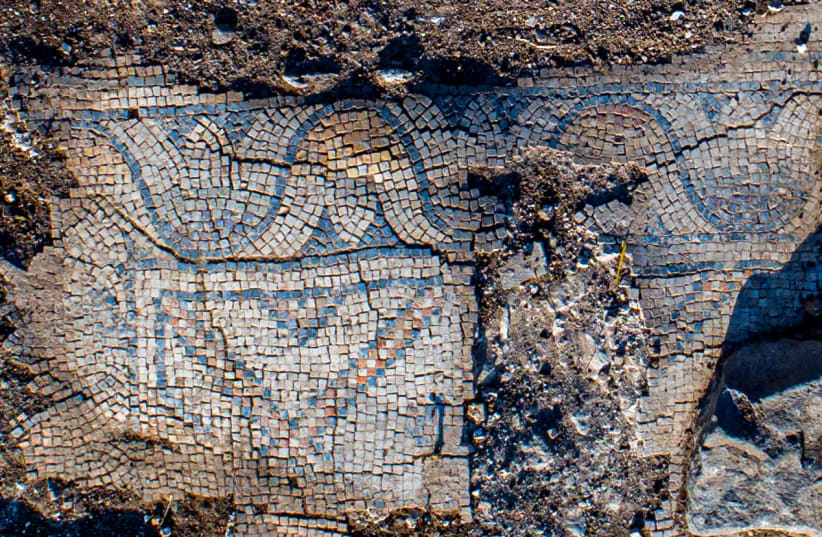The remains of one of the largest mosaics ever found were discovered in the recently excavated El Altillo Roman Villa Complex in southern Spain by archaeologists from the University of Jaén, the Heritage Daily website reported.
Excavations were directed by Marcos Soto Civantos and José Luis Serrano Peña who revealed an extensive Roman villa dating mainly from the 4th century AD, according to the report.
Indications of a major Roman site first became evident after the discovery of mosaic fragments called tesserae, in an olive grove in the small town of Rus located in southern Spain.
Within the villa, a 9-by-18 meter mosaic, consisting of geometric designs and guilloche patterns has been discovered.
Adjacent to the villa, archaeologists also excavated a cemetery, a pottery kiln used for the production of tiles, and a mill for producing olive oil.
Rus Mayor Manuel Hueso, after the discovery, stressed the importance of having the site declared an Asset of Cultural Interest (BIC), allowing the town council to access funds, both public and private, to undertake future excavations.
“We have made a very determined commitment to the heritage of Rus, not only to value what we consider to have the potential to publicize the history of the municipality, but also to rewrite the history of the olive grove in the province,” said Hueso.
